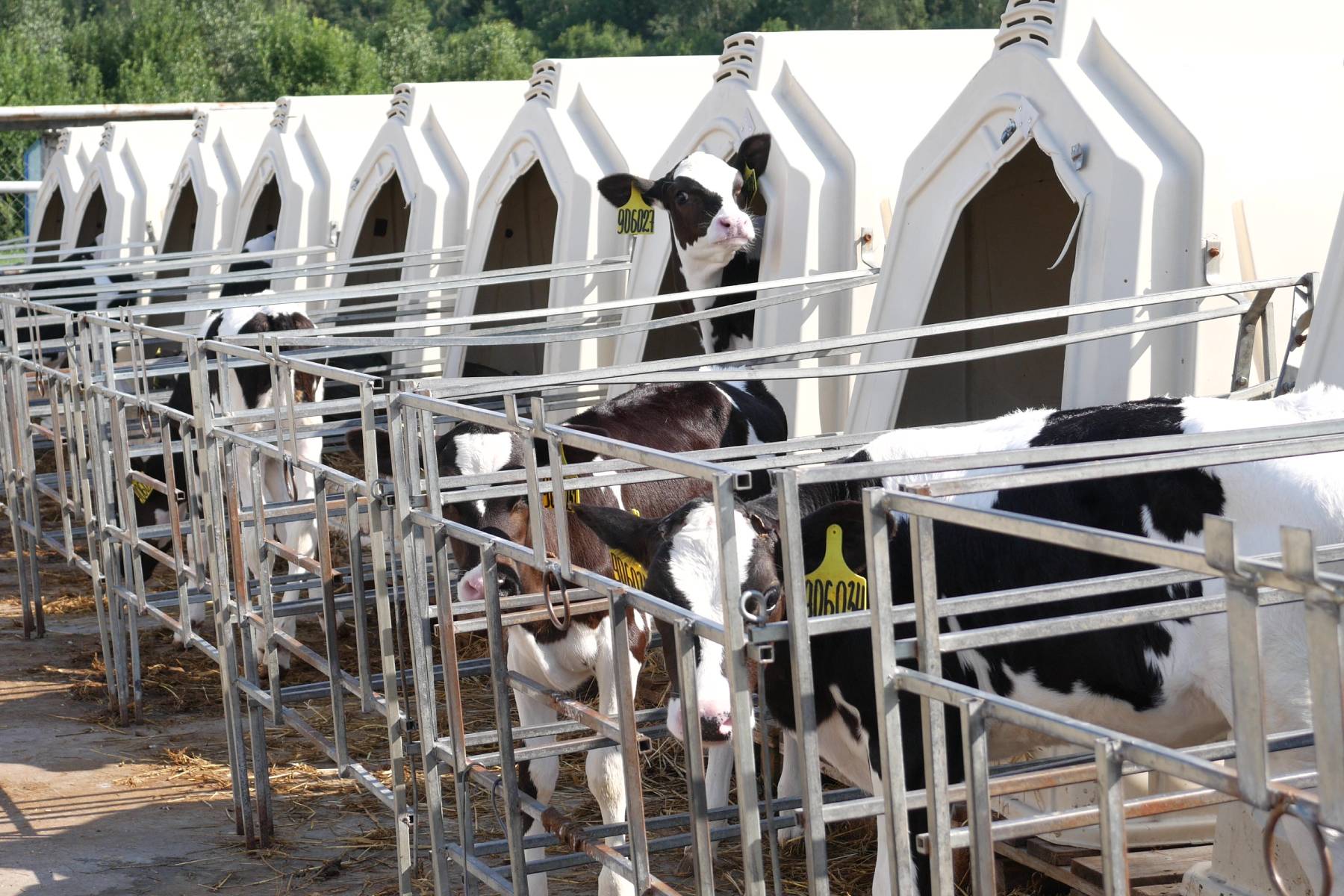Farm optimization starts with employee work

Analyzing data on a dairy farm allows you to improve milk yield, work out the structure of the herd qualitatively and improve the financial situation of the enterprise.
All of the above becomes possible if all data on the farm's activities are recorded, then there is an opportunity for their analysis.
In previous articles, we have already touched on the topic of personnel at dairy farms, and today, using three common examples, we will tell you how insufficient attention of employees to fixing various types of data limits the ability to analyze data, make forecasts and subsequent optimization.
Example 1. The movement of animals is not recorded
The farm had 500 cows in 2 sections, with 250 cows in each. Using analytical tools, the optimal amount of feed and water for the cows was calculated. Since the compartments are the same, the amounts of feed and water were supplied to them the same, but after a while the owner noticed that the cows in the first compartment give significantly less milk.
When they began to understand the situation, they found out that there really were 250 cows in the departments, but at one point 30 cows were transferred to another department for some reason and did not register it in any way, and the feed continued to be dispensed in the same way - as planned.
The result was a situation where the cows from the larger section were malnourished and, as a result, produced less milk.
Example 2. Human factor
Found a drop in milk yield in a certain group of animals and began to check the information on them. After analyzing the data, we found out that some of the animals had recently been vaccinated and that their milk yield was reduced.
Nevertheless, it turned out that on the part of the animals, a whole array of data is missing (they forgot to enter the data or forgot to pay attention to the animals), the events were not recorded in the system, and we do not know whether this animal is sick and what happens to it. This is a direct instruction for staff to locate and inspect these animals.
Example 3. Veterinary procedures are not recorded
On small family farms or large farms with long-term staff, the following situation is possible.
The farmer decides to use analytical tools to carry out breeding work, but cannot make the correct analysis, as there are not enough descriptions of veterinary medicine.
The herd specialist can personally remember the history of the treatment of each cow, but for analytics and forecasting, only numerical values for events collected in one format are important. If they are not present or they are collected incorrectly, the analytics will be inaccurate.
Therefore, for each animal, it is imperative to fill in all data correctly, excluding vague wording:
- Vaccination history for each animal,
- Medical history,
- Any other data when any manipulation of the cow was performed.
If there is no data, you will have to hastily restore them, but it is not a fact that they will be correct, which means that the quality of the analysis will suffer.
These examples are typical for both small and large farms, when employees believe that it is not necessary to record all the details, because they keep the information in their head anyway. But if in a small farm constant contact with animals is possible, then in a large enterprise the cost of a mistake is high, since it is not possible to check every cow every day.
Our examples show that a huge analytical work will be wasted if the accuracy of recording information is not observed.
Therefore, if the farmer understands the importance of digital analytics tools for agribusiness and plans to use them, the first step should be to work with the staff to capture all the data.
Alguma dúvida?
Entre em contato com nossos especialistas para saber mais
